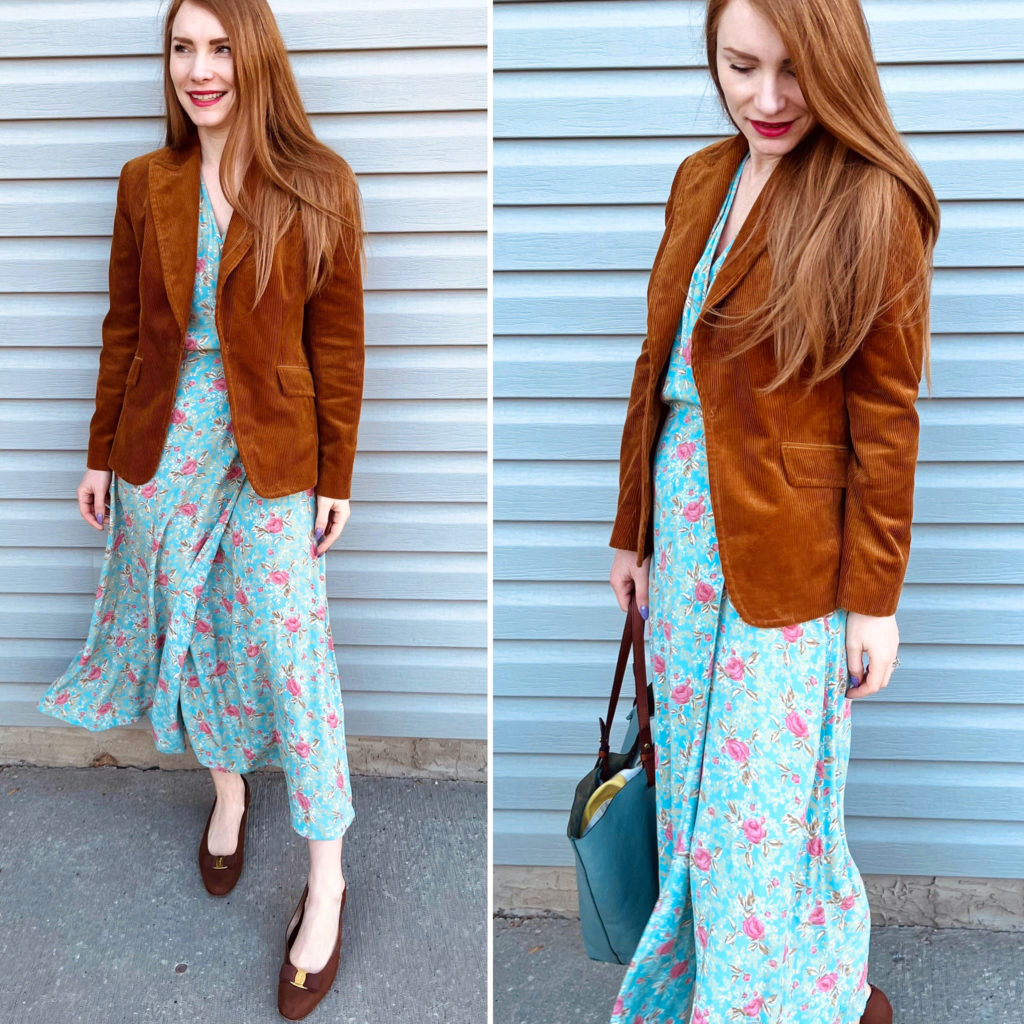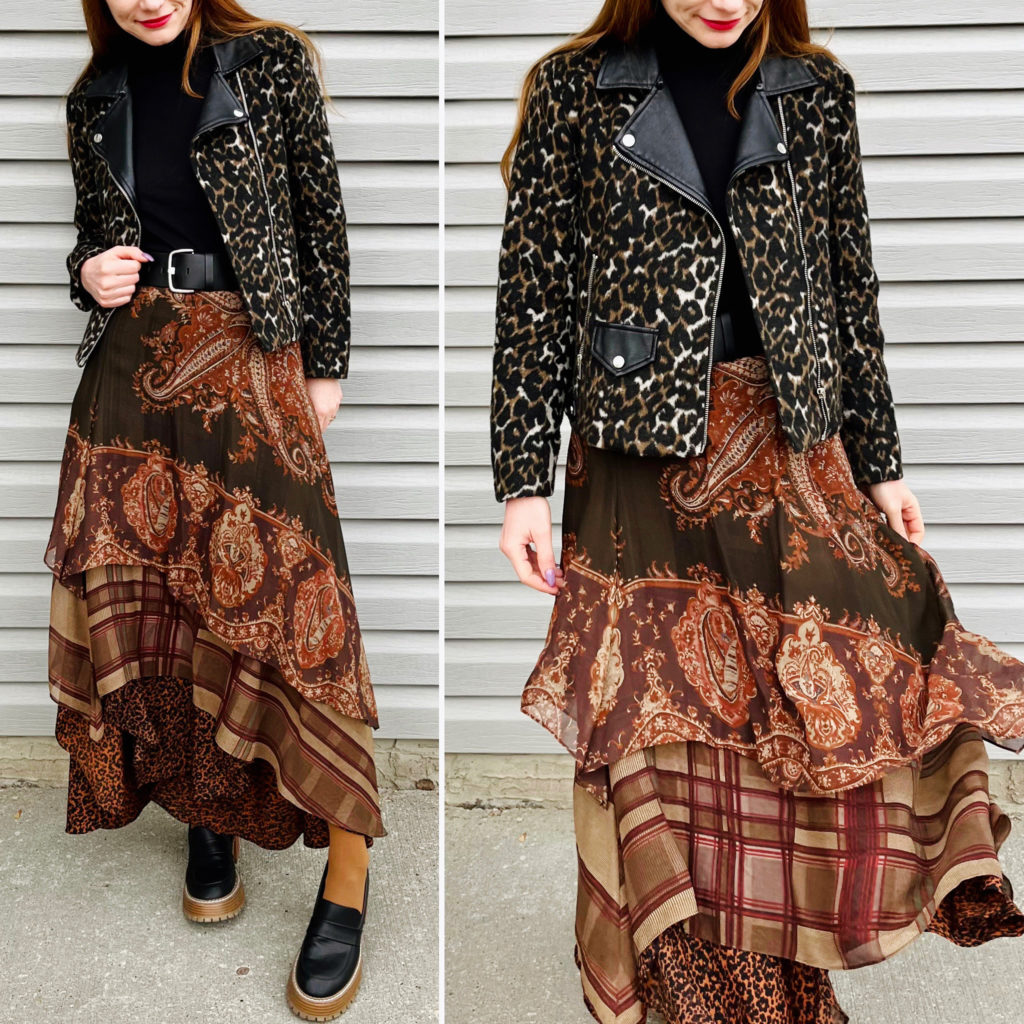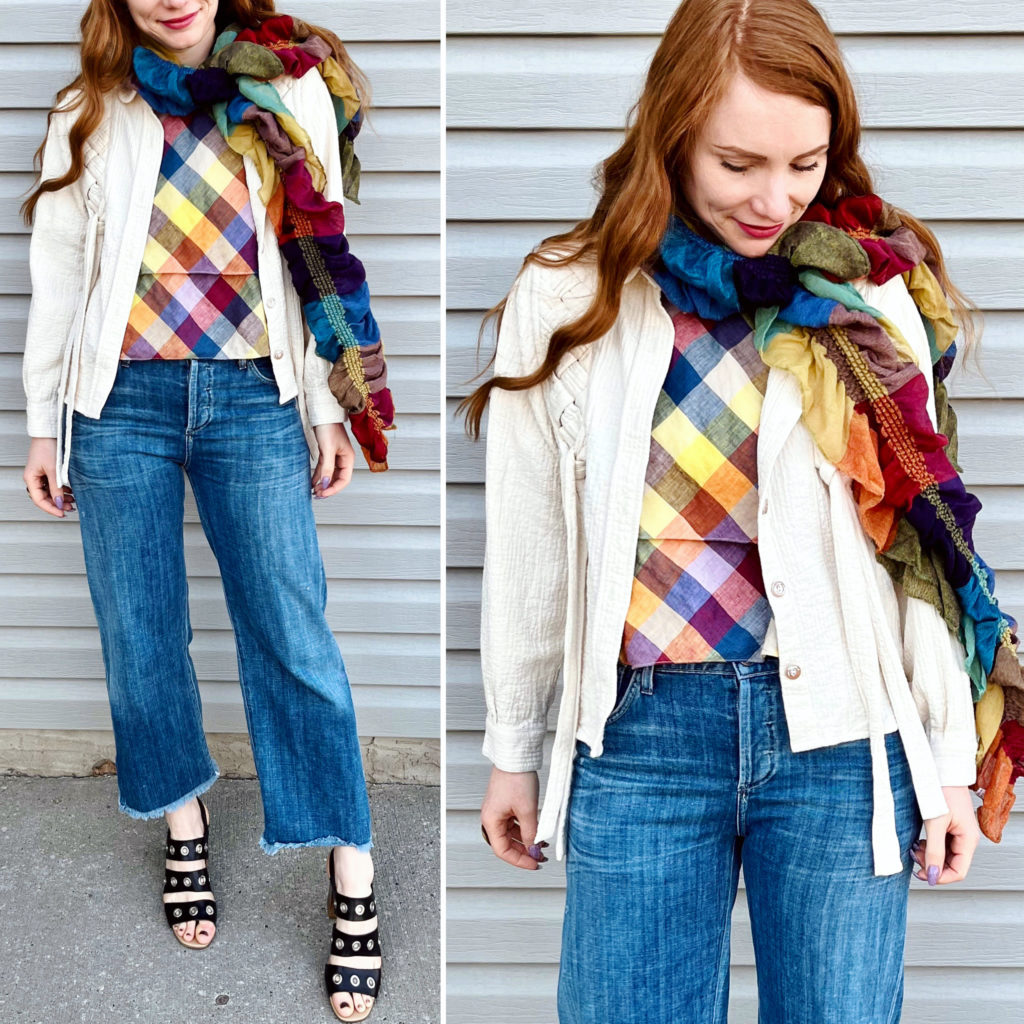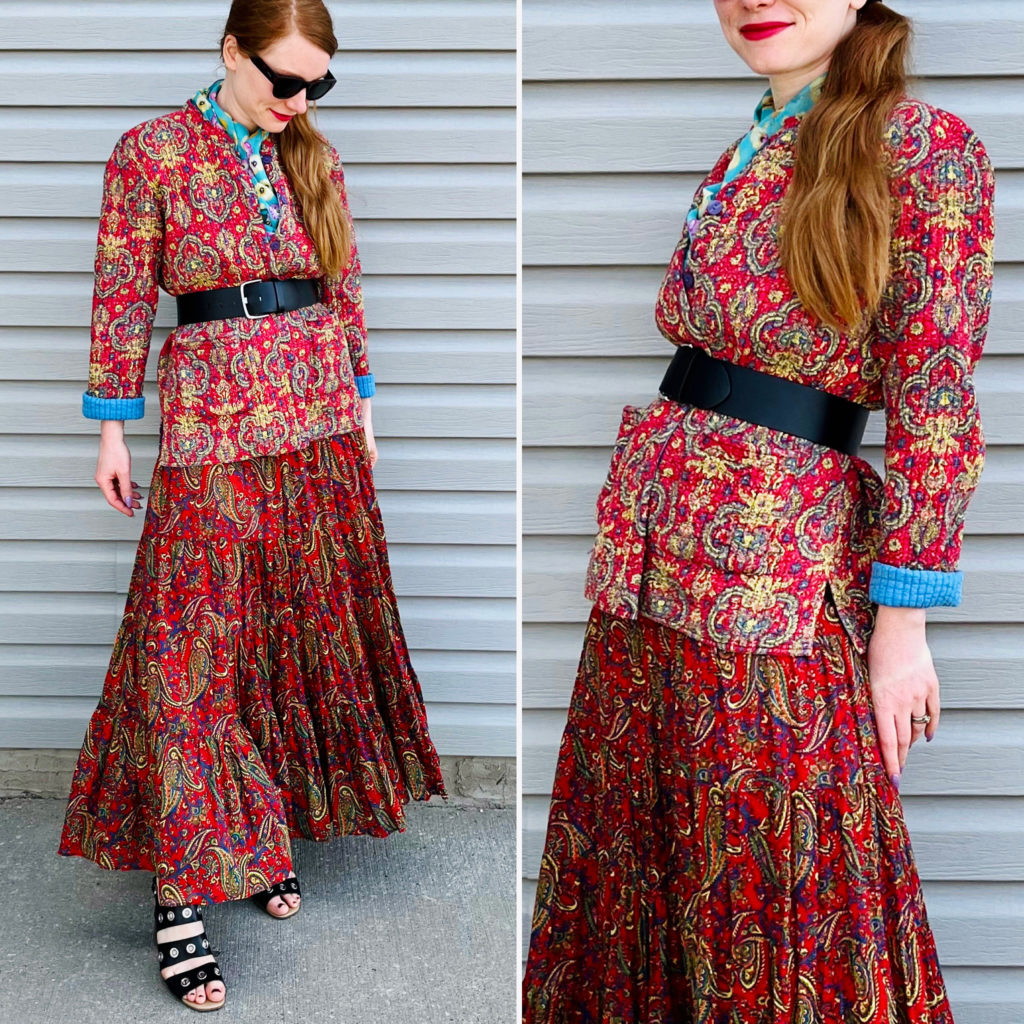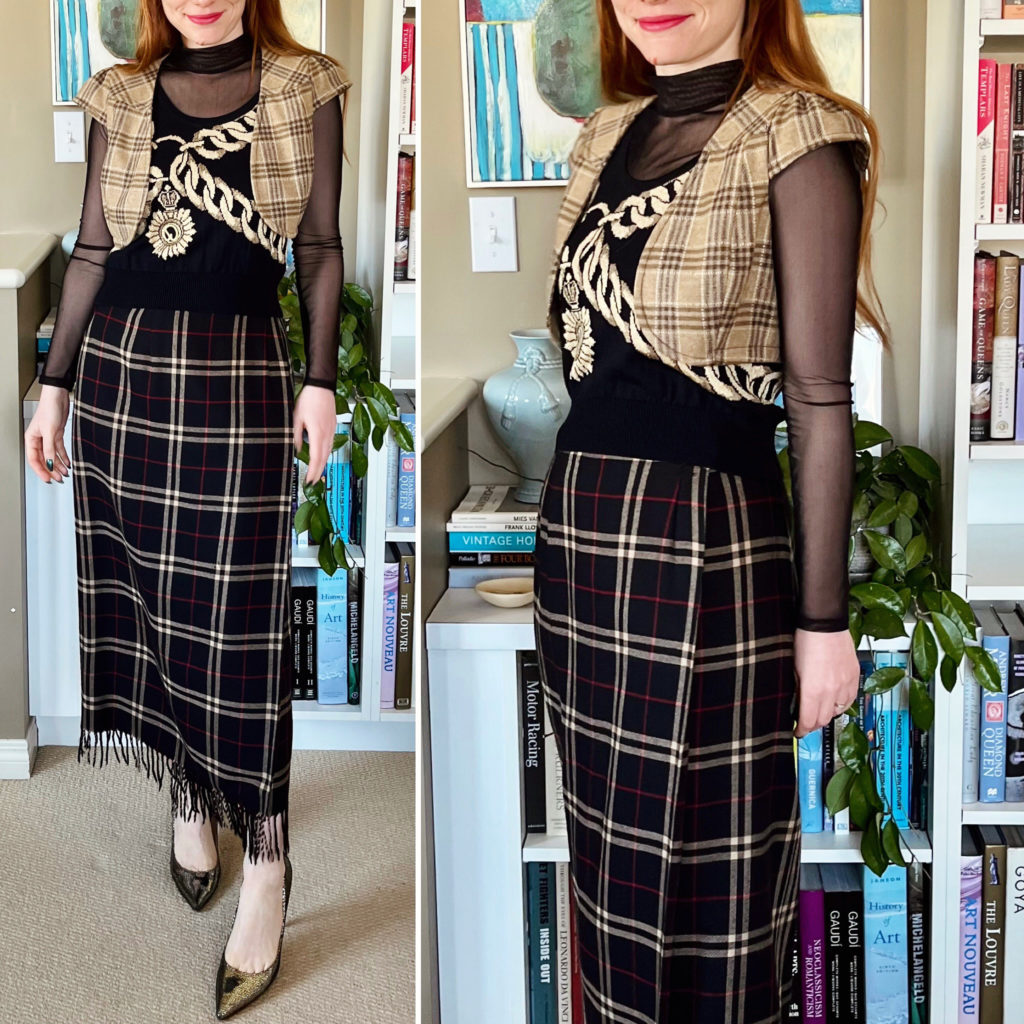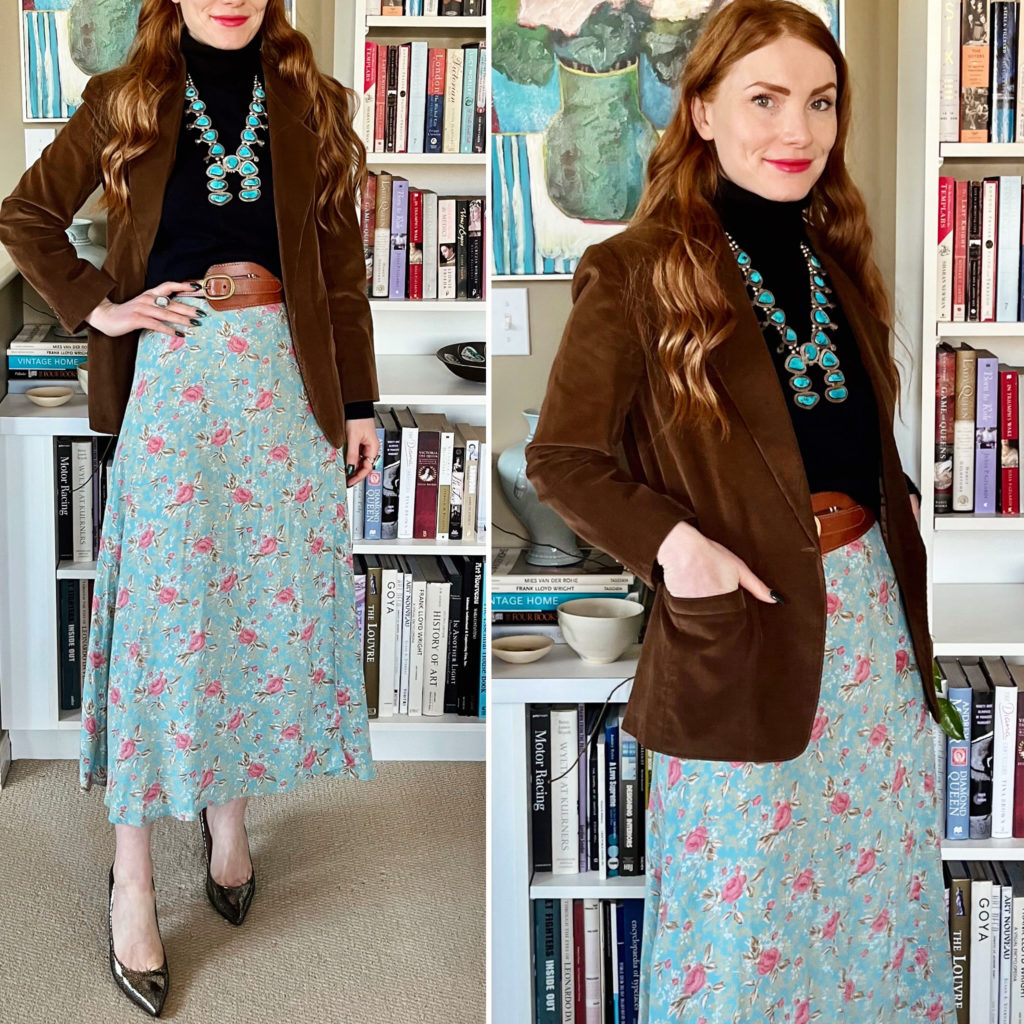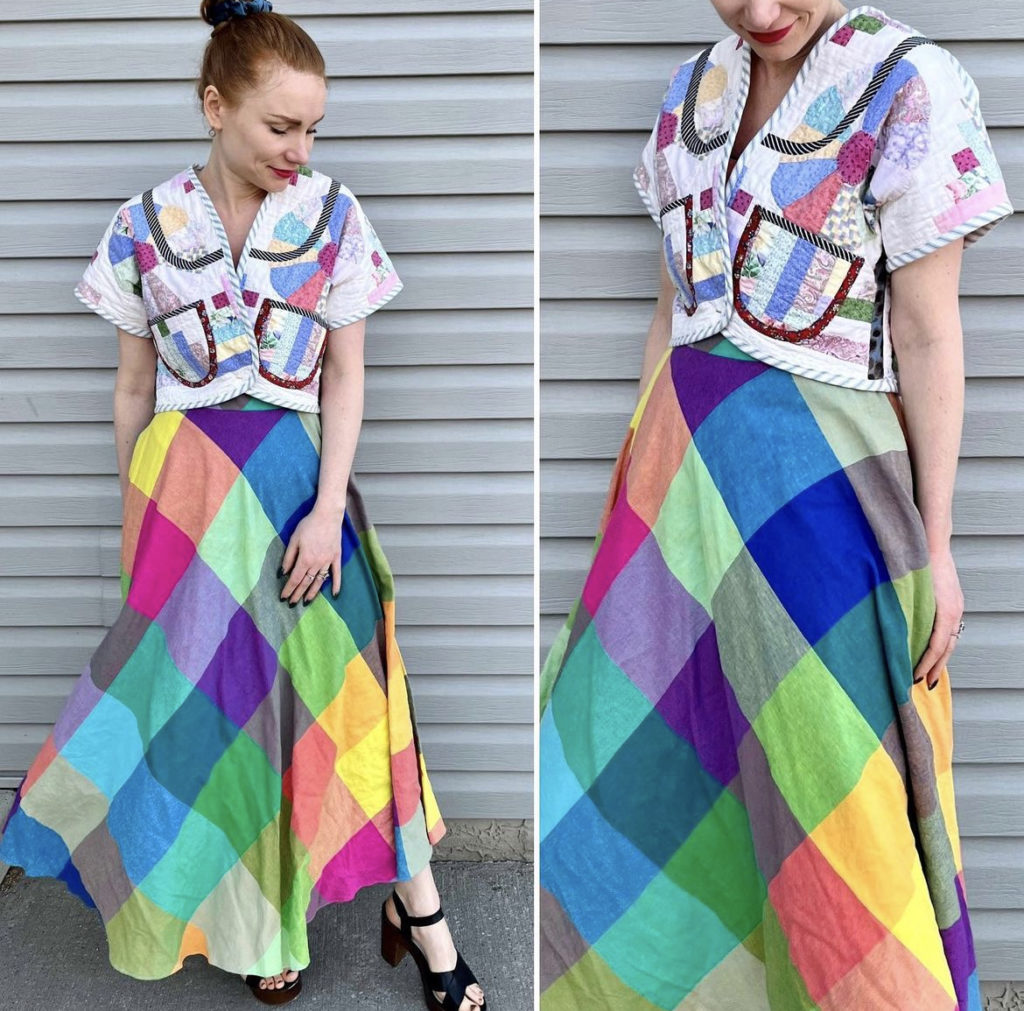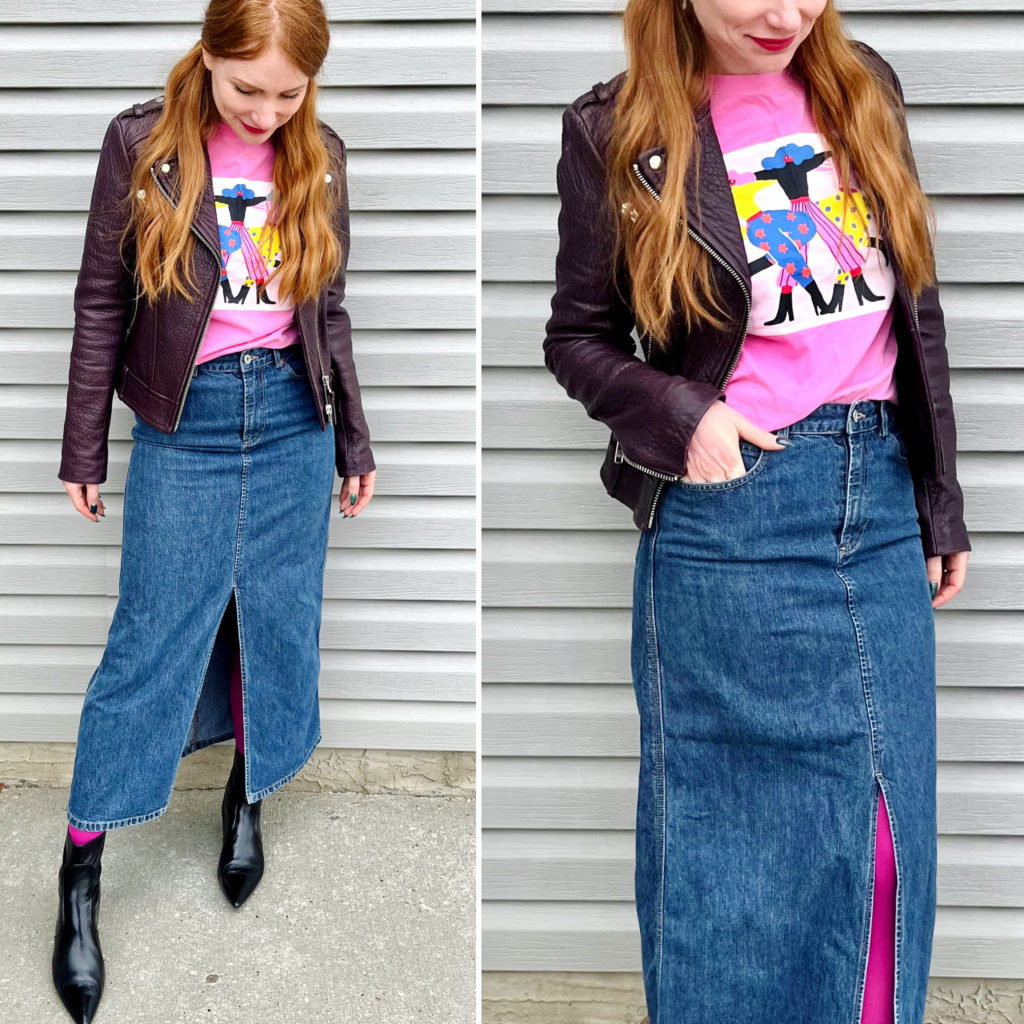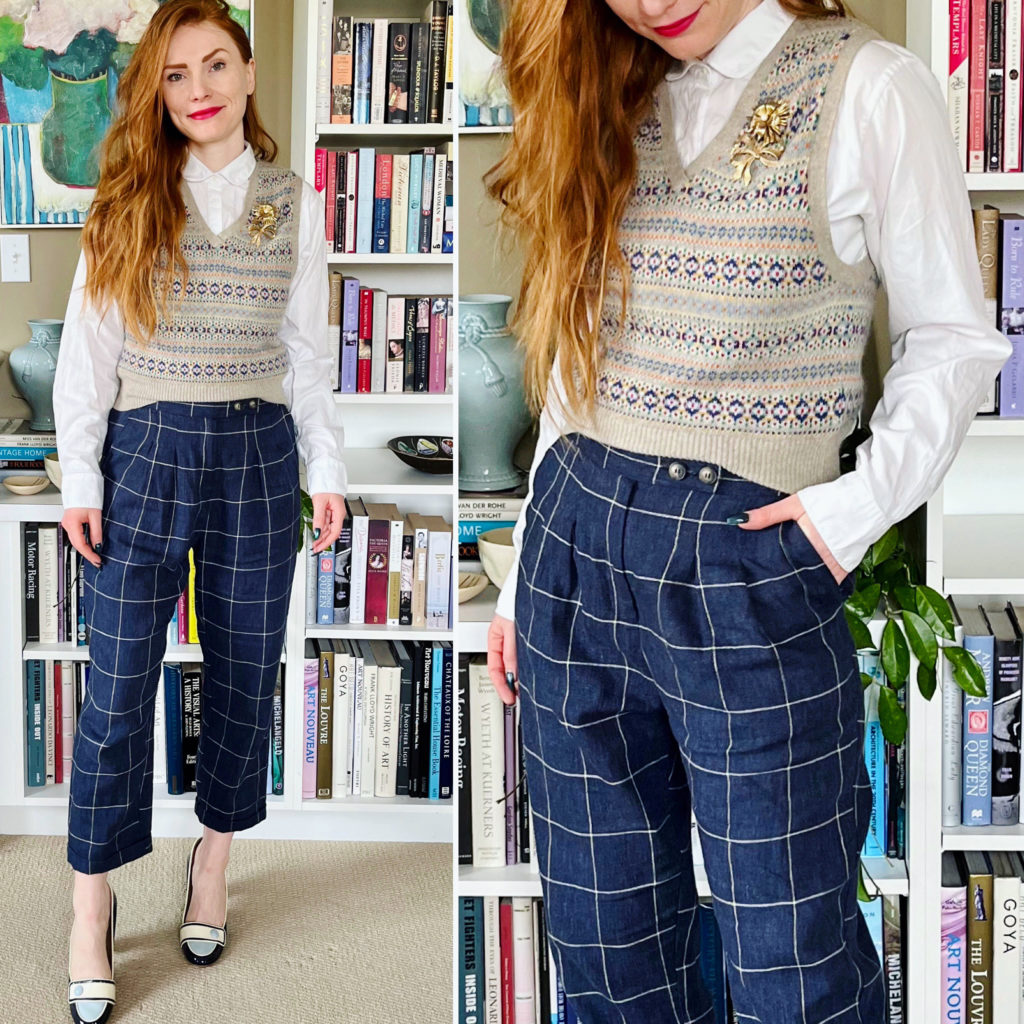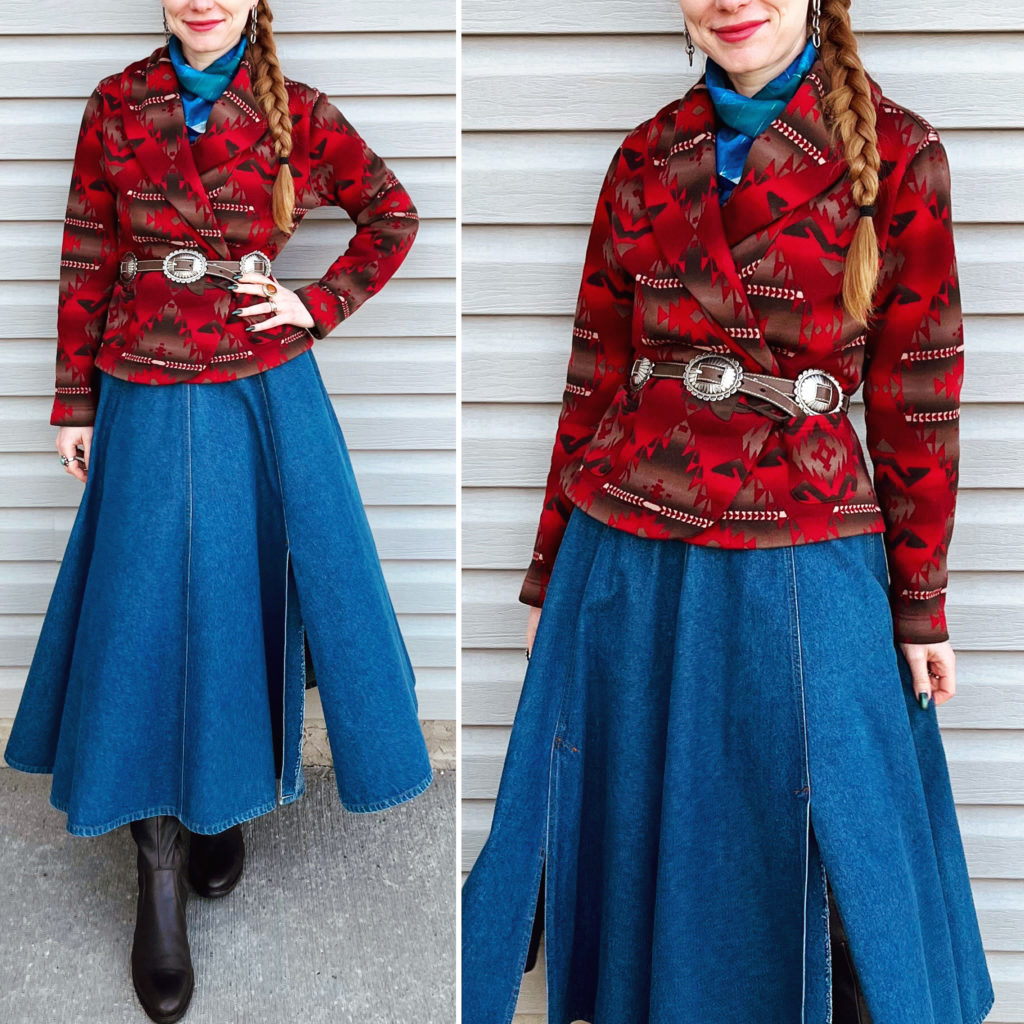Friends, it’s time to talk about one of my current pet peeves: “stealth wealth fashion” aka “old money style”.
In case you’ve been blessed to live in a social- and traditional-media-free world, “stealth wealth” is an aesthetic “characterized by material quality, timeless style and superior detailing, with a focus on what makes high-end clothing worthwhile” per Judith Jones in Who What Wear. It’s embodied by the Loro Piana sweaters worn by Gwyneth at her ski trial and the wardrobe of Succession’s Shiv Roy. Of these folks, Jones writes “they’re nonchalantly elegant and coolly collected rather than overtly exhibitionist. They make a statement without having to try to make a statement.”
In other words, they wear clothes that “don’t shout but whisper.” Because, as we have been taught all these years, “money talks, but wealth whispers.” Gag me!
The concept of stealth wealth is not new. As Clara Thorp writes for BBC, it’s about “[b]uying understated products for their quality, beauty and rarity, but not leaving the price tag on (metaphorically speaking) so only those in equally wealthy positions would recognize the monetary value of the item.” Guys, the rich have been doing this since, well, the invention of rich people. Are you even rich if you can’t gatekeep other people? The answer is no. Being subtle about it isn’t a sign of ‘classiness’, no matter what they might want you to believe. After all, the rich buy yachts and private jets too, and those are anything but subtle. The subtlety is extra gatekeeping by way of an inside joke; the more obscure the signal, the easier to miss for the un-initiated. The rich be laughing at the wannabes wearing $500 cashmere sweaters while wearing their $5,000 cashmere sweaters. Stealth wealth occupies an inner circle that will forever be N+1 away for the non-wealthy, N being the outermost limit of reach.
Some people would like to reframe stealth wealth in a more positive way, hypothesizing that “stealth wealth” is trending (again) because, in the midst of financial crisis, “flaunting extreme expressions of wealth looks tone deaf.” I dunno, peeps; Marie Antoinette cosplaying as a shepherdess didn’t stop the French Revolution. Because that’s what it comes down to, you know. In an exploitative system like capitalism, rich people’s cosplay of an average person’s lived experience is always inherently more valuable than the real thing. Thorp reports someone saying (with a straight face) that “King Charles is kind of a fashion icon … [because] he does wear the same clothes kind of forever”. You know, not unlike the average person who doesn’t get millions of tax dollars for merely existing … except totally different. In fact, Tatler magazine “recently named holey socks – as recently spotted on the King – as a stealth wealth symbol.” Read that again. Holey socks. I f*cking can’t.
There are plenty of articles slobbering all over stealth wealth fashion with “how to look expensive for less” advice which is so oxymoronic I can’t even begin. There is no “stealth wealth for less”, ok? The best that the average person can ever get is the Halloween Spirit version of a Rich Person Cosplaying As Poor outfit. That is not stealth wealth. That is simply another way to fetishize extreme wealth. And doing it on the back of exploited garment workers who make the fast fashion-masquerading-as-rich-people-cosplaying-as-poors-clothing. It would be sublimely absurd if it wasn’t actually terrible.
“But what about holey socks, Adina?” you ask. “I have holey socks too!” I’m sorry to tell you, it doesn’t matter. King Charles’s holey socks are a symbol of his stealth (colonial) wealth, your holey socks are a symbol of sloppiness. Because you are not wealthy and you cannot buy your way into wealthiness. Rich people can always cosplay as poor because their access to power is a given, and power can do whatever it wants.
I am with Eva Wiseman, who writes in The Guardian:
Perhaps I would mind this ‘quiet luxury’ less if the clothes were fabulous. But, instead, they’re bloodless, grandly bland, dreary … Why should the rest of us buy them – what good are the clothes without the power?
What good indeed?
She goes on to say:
… the reason we’re encouraged to invest our bitter pennies in rich people’s fashions has very little to do with the clothes themselves. While we’re spending all our money on a pair of slippers, we’re distracted from the real work of fighting for economic equality … toppling rotten power structures and overthrowing the billionaire class – we’ve been cheated into feeling as if we’re in their club because we’re wearing the same brand hoodie. … Buying into ‘stealth wealth’ feels like buying a band T-shirt, except the band are the worst people in the world, and the T-shirt costs the same as a month’s rent, and the music is them laughing as they shout “Eat shit” from a car. With the greatest respect, no thank you.
Here’s where we need to make some decisions.
Do we care about the environment or nah?
Do we care about human rights and justice or nah?
Do we care about ever-accelerating wealth disparity or nah?
Because if we do, we have to stop glorifying obscene wealth. We have to stop writing admiringly about Gwyneth’s thousand-dollar sweaters, and Chuck’s holey socks. We have to stop positioning these people – and their clothes – as aspirational. Stealth wealth fashion is the product and a symbol of an exploitative, oppressive system. What are we celebrating here?
